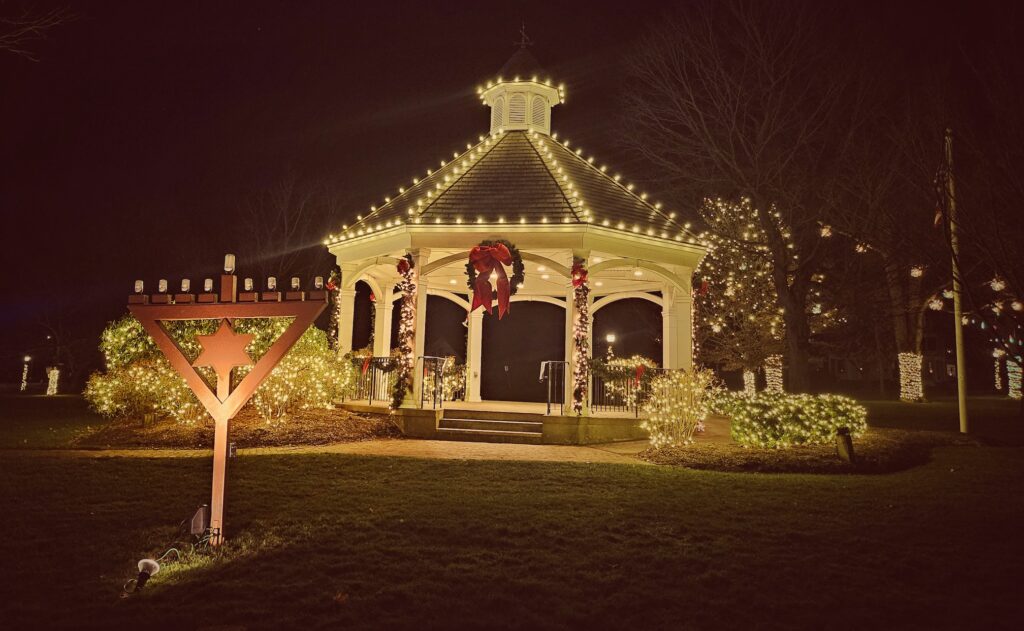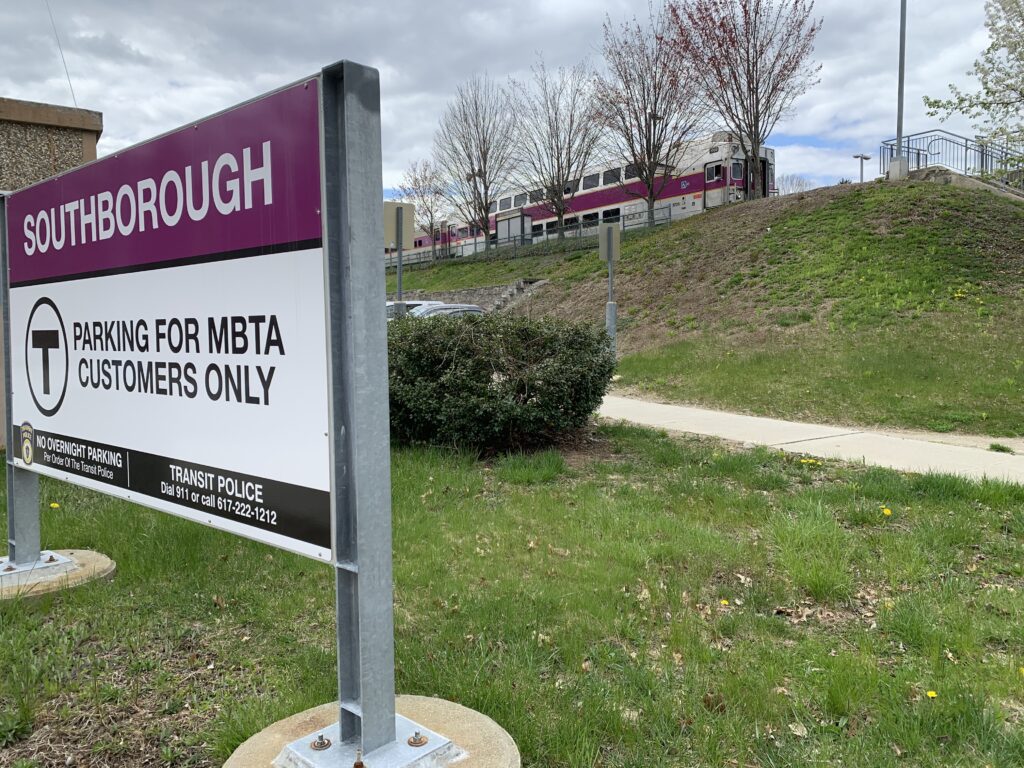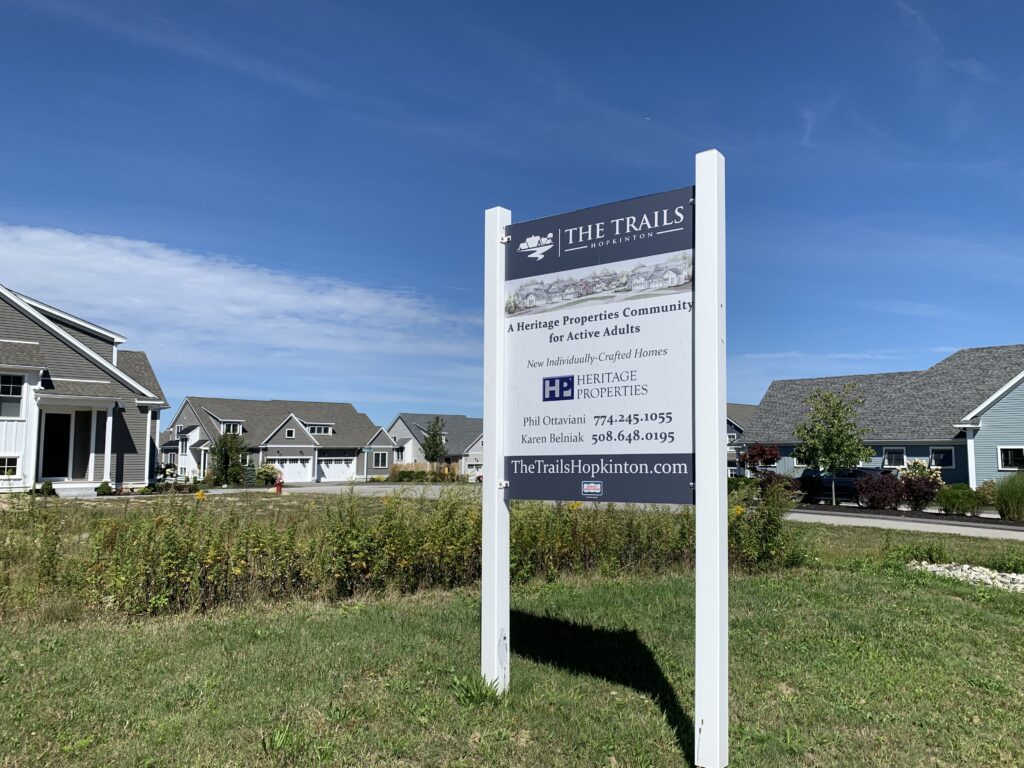The Planning Board at its 90-minute meeting Monday night decided to make planning for affordable housing a key priority for this year, noting that the proportion of affordable housing units in town has dwindled while the need for it has increased.
“I think affordable housing is absolutely a need,” said vice chair Mary Larson-Marlowe, speculating that U.S. Census data will illustrate that point.
Principal Planner John Gelcich confirmed her assessment. While he noted that official census housing data as not been publicly released, the Metropolitan Area Planning Council, the state’s regional planning agency, performed a housing inventory of subsidized units versus total housing units using the 2020 information.
“Their numbers seem to show that we are going to be down to 10.9 percent from 14 percent,” he explained, noting the town predicted that the amount would be between 11 and 12 percent. “So we lost a significant chunk.”
This is a concern because of the Chapter 40B requirement for affordable housing. This state program allows developers to override local zoning bylaws in order to increase the number of affordable homes in cities and towns where fewer than 10 percent are defined as affordable.
“We’re still over the threshold,” Gelcich added. “But we’re just lower than we thought we may be.”
One reason for the decrease may be because developers have been allowed to make a payment to the town in lieu of providing affordable housing units, Gelcich said. Examples he gave were the Chamberlain-Whalen subdivision and The Trails development off Legacy Farms North Road.
Chair Gary Trendel noted that board will “have to chart out a pathway forward” as it considers the state zoning act known as 3A, which was designed to create multifamily housing opportunities in communities serviced by the Massachusetts Bay Transportation Authority. The town would need to adopt this ordinance in order to remain eligible for three sources of state funding.
While affordable units are not required under this act, they could be proposed under a local zoning bylaw.
Another idea that arose was to potentially rezone garden apartment districts as net zero development districts.
Trendel suggested that the zoning and design standards in those districts could be tweaked to require “higher quality, more desirable garden-style units.”
“I just feel really strongly that smaller and denser housing, when done well, can be a nice asset to the town,” he said.
Member Jane Moran questioned how to balance maintaining the town’s standard of housing while simultaneously providing some affordable housing stock, noting that it is “a complicated issue” that the board will tackle over the course of the year.
Member Rob Benson stressed that the 40B housing requirement is something that the board needs to make a priority to prevent “an unfriendly development thrust upon us.”
“There’s not one affordable housing unit — not one — in a traditional neighborhood,” he said. “They’re all in specific locations that were built as affordable housing complexes, for lack of a better word.”
Benson noted that developers are unlikely to put an affordable housing unit next to houses that cost in the range of $2 million. He also talked about how more affordable housing could put an additional burden on the school system and consequently on property taxes.
Trendel clarified that some developments have affordable units mixed in them, such as one on Sanctuary Lane. Legacy Farms also has some affordable units, he added.
Benson questioned how the payments in lieu of affordable housing units are managed so that the town can stay above the 40B threshold.
Gelcich explained that the Affordable Housing Trust Fund Board is the only entity authorized to expend those funds. However, he said there was no active Affordable Housing Trust Fund Board “until about six months ago,” so the members “are still getting their feet under them.”
“They are now a fully staffed board,” he said. “They’re working through the process of figuring out what they can do with those funds.”
Gelcich added that once it is better established and knows the processes involved, this board may be able to come up with creative ways to address this issue, such as by purchasing expiring deed restrictions.
Another asset Gelcich mentioned is the state’s Shared Housing Services Office that should be “up and running” in the next few months can provide the Affordable Housing Trust Fund Board with some expertise.
A second tool would be help from the MAPC in producing a housing production plan, he added, if the town’s request is approved by the MAPC.
While he noted that progress is being made, determining how to spend the payment money is “a complex and difficult process.”
Member Elise Mihajloski proposed the idea of raising the amount of the in-lieu payment in areas where the housing prices are more exorbitant.
Frankland Road solar development basin modification approved
The board unanimously approved a change in the shape of the stormwater basin for the 5.8-megawatt Agilitas commercial solar array project behind 69 Frankland Road. During site work, Nick Facendola, a principal at engineer Level Design Group, said that an Indigenous monument was discovered during construction in the center of where the developer had originally proposed a basin berm. The new design will have two smaller basins instead to work around the monument.
Other proposed changes were deemed not significant to affect the stormwater management permit.
Trendel praised the effort by the developer to preserve the Indigenous artifacts found on the site.
Misc.: Various actions taken
The board unanimously endorsed a plan regarding the Capobianco family subdivision. Last month, the board approved that a fifth lot could be configured as part of this subdivision on Morse Lane. The lot line proposed at this meeting was drawn to preserve the existing barn on the property. …
Also endorsed in a 7-0-1 vote was a plan to subdivide a 5.4-acre parcel at 52 School Street so that one lot could be sold. Both lots meet minimum zoning requirements, according to George Marquedant, who represented the applicant. Member Paul Ostrander recused himself from voting because he shared a property line with the applicant. …
A request for a street acceptance for Box Mill Road was approved unanimously by the board to be added to the Annual Town Meeting warrant. …
A request for an easement at 77 South Street to be added to the warrant was unanimously approved. …
The hearing on The Trails open space mixed use development (OSMUD) was continued to the next meeting on Feb. 6 at the request of the proponent.



















0 Comments